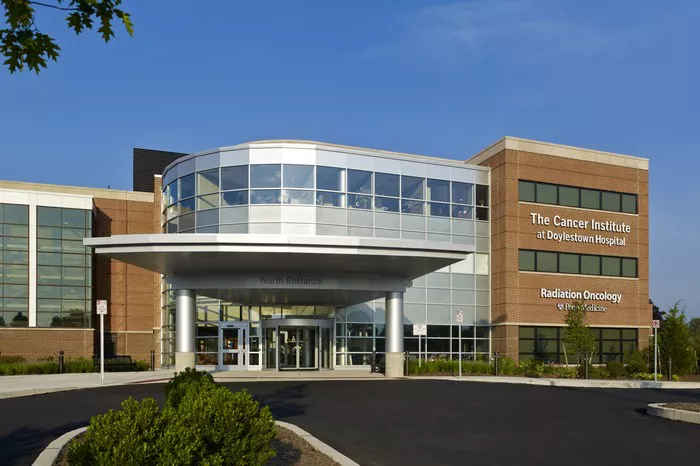Abdominal pain can be a perplexing symptom, often raising concerns about serious underlying conditions. When it comes to appendicitis, the classic symptoms are well-documented, but what happens when the pain veers off the expected path to the left side? In this comprehensive guide, we’ll delve into the nuances of appendix pain, explore left-sided presentations, and distinguish them from other potential causes of abdominal discomfort.
1. Describe Typical Appendicitis Symptoms:
Appendicitis typically manifests with distinct symptoms:
Pain Initiation: The pain commonly begins around the belly button area and gradually shifts to the lower right abdomen.
Nature of Pain: Described as sharp, stabbing, and intensifying with movement or coughing.
Accompanying Symptoms: Nausea, vomiting, fever, and loss of appetite are common adjuncts to the pain.
2. Address Left-Sided Appendix Pain:
While rare, the appendix can be found on the left side due to a condition called situs inversus. In left-sided appendicitis, the symptoms mirror those of the conventional presentation but on the opposite side. This atypical positioning may lead to diagnostic challenges, as healthcare providers may initially overlook appendicitis when evaluating left-sided abdominal pain.
3. Discuss Other Causes of Left-Sided Abdominal Pain:
Several conditions can cause left-sided abdominal pain, distinct from appendicitis:
Diverticulitis: Inflammation or infection of small pouches (diverticula) in the colon. Symptoms include left lower abdominal pain, fever, and changes in bowel habits.
Irritable Bowel Syndrome (IBS): A chronic gastrointestinal disorder characterized by abdominal pain, bloating, and changes in bowel habits. Pain is often relieved by bowel movements.
Kidney Stones: Sharp, severe pain typically felt in the side and back, below the ribs. Pain may radiate to the lower abdomen and groin, accompanied by nausea and vomiting.
Gynecological Issues: Conditions like ovarian cysts, endometriosis, or pelvic inflammatory disease (PID) can cause left-sided abdominal pain, often accompanied by menstrual irregularities or pelvic discomfort.
4. Emphasize the Importance of Seeking Medical Attention:
Regardless of the side of abdominal pain, severe or persistent symptoms warrant immediate medical evaluation. Early diagnosis and treatment of appendicitis are paramount to prevent complications like rupture, which can lead to severe infection and life-threatening consequences.
Conclusion
In conclusion, while appendicitis typically presents with right-sided abdominal pain, left-sided variations are possible, albeit rare. It’s crucial to consider appendicitis in the differential diagnosis of left-sided abdominal pain, especially in cases of atypical symptomatology. However, healthcare providers must also remain vigilant for other potential causes to ensure accurate diagnosis and prompt management, ultimately improving patient outcomes and reducing the risk of complications. If you or someone you know experiences severe abdominal pain or concerning symptoms, don’t hesitate to seek medical attention promptly. Your health and well-being are paramount.
FAQs
When should I worry about left side pain?
Left side pain can be concerning if it’s severe, persistent, or accompanied by other symptoms like fever, nausea, or difficulty breathing. It could indicate various issues such as kidney stones, diverticulitis, or even a heart attack. If the pain is severe or worsening, seek medical attention.
What can be mistaken for appendicitis pain?
Several conditions can mimic appendicitis pain, including urinary tract infections, ovarian cysts, gastritis, and even intestinal gas. In women, issues related to the reproductive organs, such as ovarian torsion or ectopic pregnancy, may also present similar symptoms. A thorough medical examination is necessary for an accurate diagnosis.
How do I know my pain is not appendicitis?
Appendicitis pain typically starts around the navel and then moves to the lower right abdomen. If your pain is located elsewhere or differs in intensity or quality, it may not be appendicitis. Other symptoms like fever, nausea, vomiting, and loss of appetite often accompany appendicitis. If in doubt, seek medical evaluation promptly.
Related topics:
- Sensations of a Blood Clot in the Left Leg
- Managing Prediabetes through Diet: A Comprehensive Guide
- Understanding Lower Left Back Pain & How to Alleviate It


